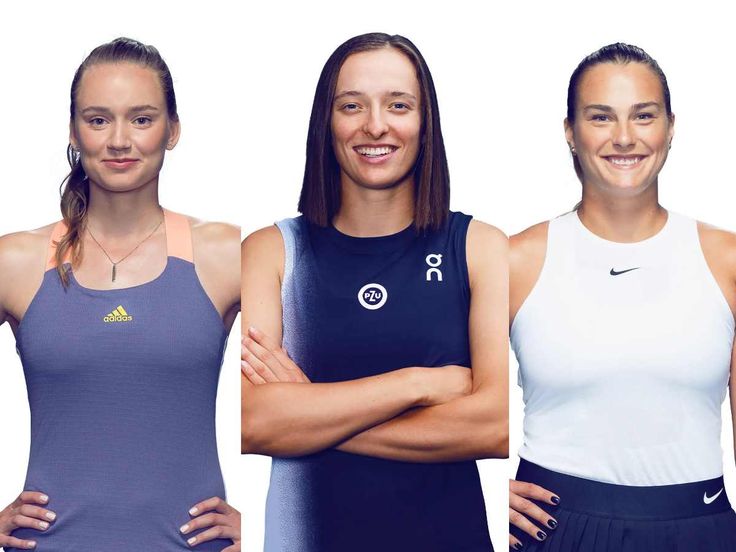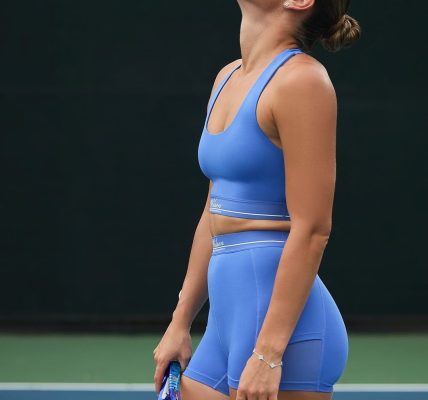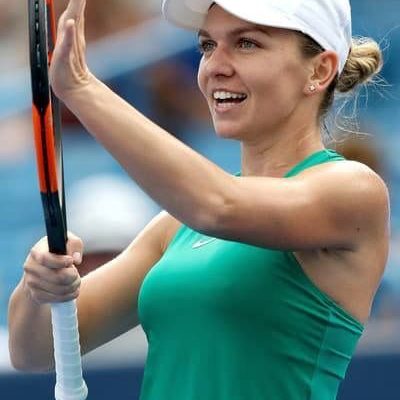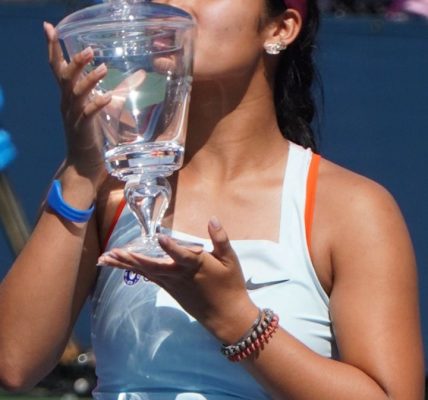For decades, the term “Big Three” was reserved for men’s tennis — referring to Roger Federer, Rafael Nadal, and Novak Djokovic. But in recent years, women’s tennis has found its own version of dominance, led by three exceptional players: Iga Swiatek, Aryna Sabalenka, and Elena Rybakina.
These three athletes have defined the modern era of the WTA Tour, creating a competitive trio that has reshaped women’s tennis. Each brings a unique style, strength, and personality to the court, making every matchup between them a must-watch event.
Iga Swiatek: The Relentless Perfectionist
Poland’s Iga Swiatek has established herself as the most consistent player of her generation. Since claiming her first Grand Slam title at the 2020 French Open, Swiatek has built a reputation for precision, composure, and unmatched work ethic.
Her dominance on clay is often compared to Rafael Nadal’s, but Swiatek has proven just as dangerous on hard courts. Her ability to control rallies, mix pace, and dictate from the baseline makes her a constant threat in any tournament.
In 2025, Swiatek continues to sit near the top of the WTA rankings, solidifying her place as the leader of the Big Three.
Key Stats:
-
Multiple Grand Slam titles including the French Open and US Open
-
More than 70 percent career win rate
-
Known for mental discipline and tactical awareness
Aryna Sabalenka: Power, Emotion, and Fearlessness
Belarusian star Aryna Sabalenka brings raw power and intensity to the modern WTA game. Her explosive serve and fearless groundstrokes make her one of the most dangerous players on tour.
Sabalenka’s 2023 Australian Open title marked the start of her dominance on hard courts, and her continued success across surfaces has proven her versatility. What sets her apart is her emotional energy — a mix of passion and aggression that fuels her performances.
She is known for her ability to turn matches around with sheer willpower, often overpowering even the best defenders.
Key Stats:
-
Grand Slam titles on hard and clay courts
-
Top-three WTA ranking since 2023
-
One of the tour’s most powerful serves and forehands
Elena Rybakina: The Silent Force
Representing Kazakhstan, Elena Rybakina rounds out the Big Three with her calm demeanor and technical excellence. Rybakina’s breakthrough came at Wimbledon 2022, where she displayed an incredible combination of precision serving and effortless shot-making.
Unlike her two rivals, Rybakina rarely shows emotion on court. Her quiet focus and consistent baseline play make her an unpredictable opponent who can dominate from start to finish.
She has since proven that her Wimbledon title was no fluke, maintaining top-five rankings and regularly reaching the late stages of major tournaments.
Key Stats:
-
2022 Wimbledon champion
-
Multiple WTA titles on grass and hard courts
-
Known for consistency, clean ball striking, and strong composure
The Rivalry Defining Modern Women’s Tennis
Swiatek, Sabalenka, and Rybakina have faced each other repeatedly in Grand Slams and WTA finals, building one of the most competitive rivalries in recent memory. Their contrasting playing styles — Swiatek’s precision, Sabalenka’s power, and Rybakina’s calm execution — create balance and excitement across tournaments.
Each time they meet, rankings shift, storylines evolve, and fans witness a new chapter in what many now call the “Big Three Era” of women’s tennis.
What the Big Three Means for the WTA
This new era has brought renewed global attention to the women’s game. Consistency at the top has increased viewership, sponsorships, and excitement across tournaments.
Much like Federer, Nadal, and Djokovic elevated men’s tennis, Swiatek, Sabalenka, and Rybakina are doing the same for the WTA Tour — pushing one another to raise standards of athleticism, professionalism, and mental strength.
The Big Three’s continued rivalry promises to define women’s tennis well into the next decade.





